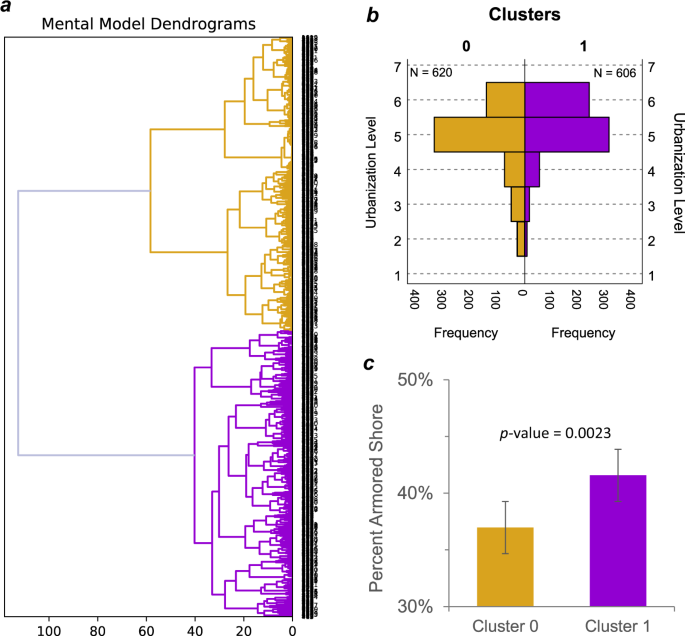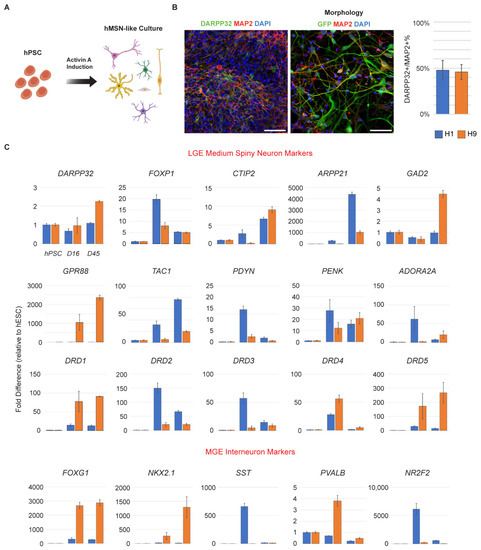2022-04-29 アルゴンヌ国立研究所(ANL)
米国エネルギー省のSLAC国立加速器研究所、スタンフォード大学、ドイツのマックス・プランク陸上微生物学研究所、DOEのジョイントゲノム研究所(JGI)、チリのコンセプシオン大学の研究チームが、細菌の酵素(化学反応を促進する分子機械)がこの偉業を行うために回転を上げる方法を発見しました。
この酵素は、二酸化炭素分子を1つずつつかんで生体分子に付着させるのではなく、2つ1組の分子で構成されており、酵素のペアのうち1つは大きく開いて反応原料をキャッチし、もう1つはキャッチした原料の上に閉じて炭素固定反応を行い、その後、役割を交代するというサイクルを繰り返している。
研究チームは、一カ所の分子「接着剤」が酵素の両手をつなぎ合わせているため、両手は協調して交互に開いたり閉じたりすることができ、また、ねじり運動が、反応が行われるポケットに原料や最終製品を出し入れするのに役立っていることを発見した。接着剤とねじれの両方が存在する場合、炭素固定反応はそれらがない場合に比べて100倍速く進むという。
<関連情報>
- https://www6.slac.stanford.edu/news/2022-04-29-how-soil-microbe-could-rev-artificial-photosynthesis.aspx
- https://pubs.acs.org/doi/10.1021/acscentsci.2c00057
還元型カルボキシラーゼによる高速CO2固定を可能にするサブユニット間カップリング Intersubunit Coupling Enables Fast CO2-Fixation by Reductive Carboxylases
Hasan DeMirci*, Yashas Rao, Gabriele M. Stoffel, Bastian Vögeli, Kristina Schell, Aharon Gomez, Alexander Batyuk, Cornelius Gati, Raymond G. Sierra, Mark S. Hunter, E. Han Dao, Halil I. Ciftci, Brandon Hayes, Fredric Poitevin, Po-Nan Li, Manat Kaur, Kensuke Tono, David Adrian Saez, Samuel Deutsch, Yasuo Yoshikuni, Helmut Grubmüller, Tobias J. Erb*, Esteban Vöhringer-Martinez*, and Soichi Wakatsuk
ACS Central Science Publication Date:April 25, 2022
DOI:https://doi.org/10.1021/acscentsci.2c00057

Abstract
Enoyl-CoA carboxylases/reductases (ECRs) are some of the most efficient CO2-fixing enzymes described to date. However, the molecular mechanisms underlying the extraordinary catalytic activity of ECRs on the level of the protein assembly remain elusive. Here we used a combination of ambient-temperature X-ray free electron laser (XFEL) and cryogenic synchrotron experiments to study the structural organization of the ECR from Kitasatospora setae. The K. setae ECR is a homotetramer that differentiates into a pair of dimers of open- and closed-form subunits in the catalytically active state. Using molecular dynamics simulations and structure-based mutagenesis, we show that catalysis is synchronized in the K. setae ECR across the pair of dimers. This conformational coupling of catalytic domains is conferred by individual amino acids to achieve high CO2-fixation rates. Our results provide unprecedented insights into the dynamic organization and synchronized inter- and intrasubunit communications of this remarkably efficient CO2-fixing enzyme during catalysis.


